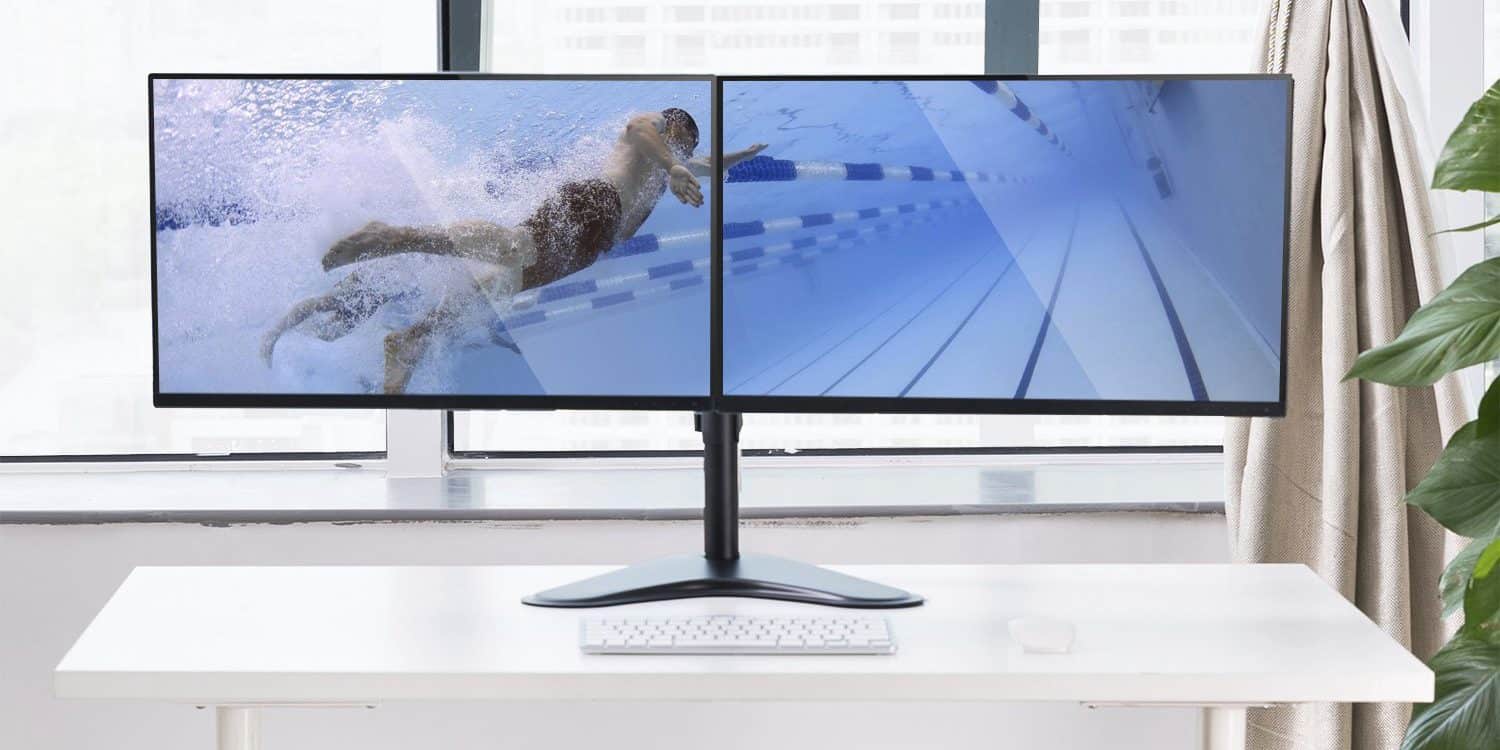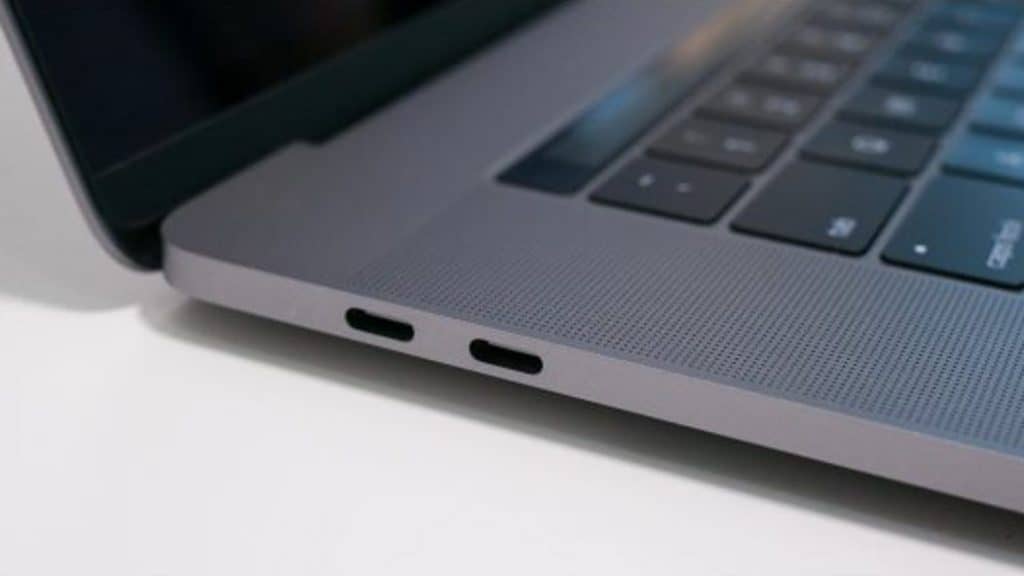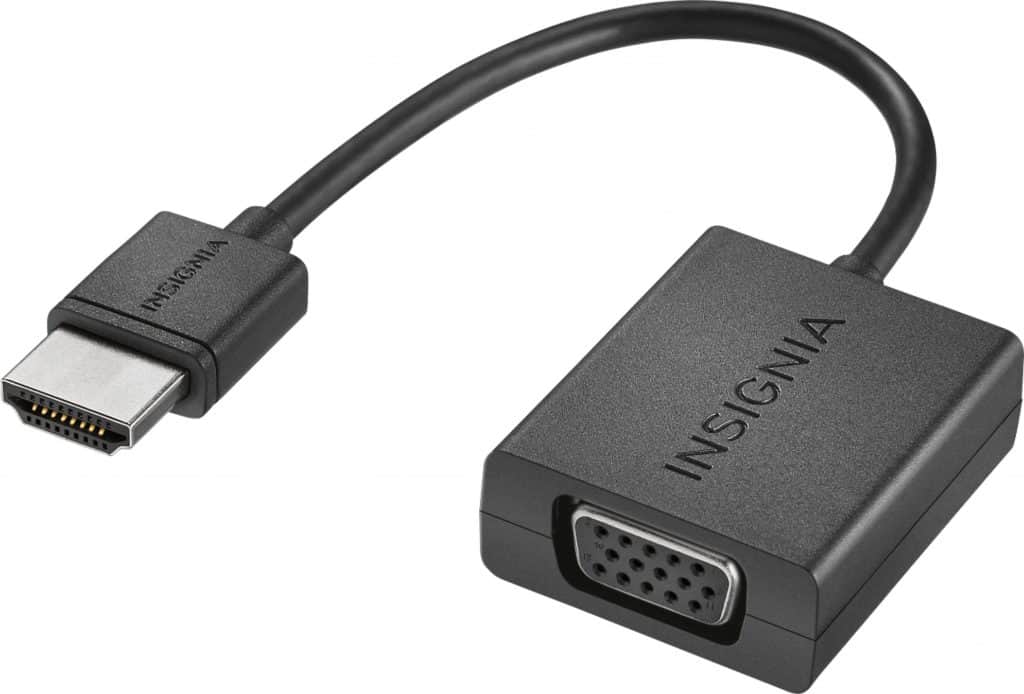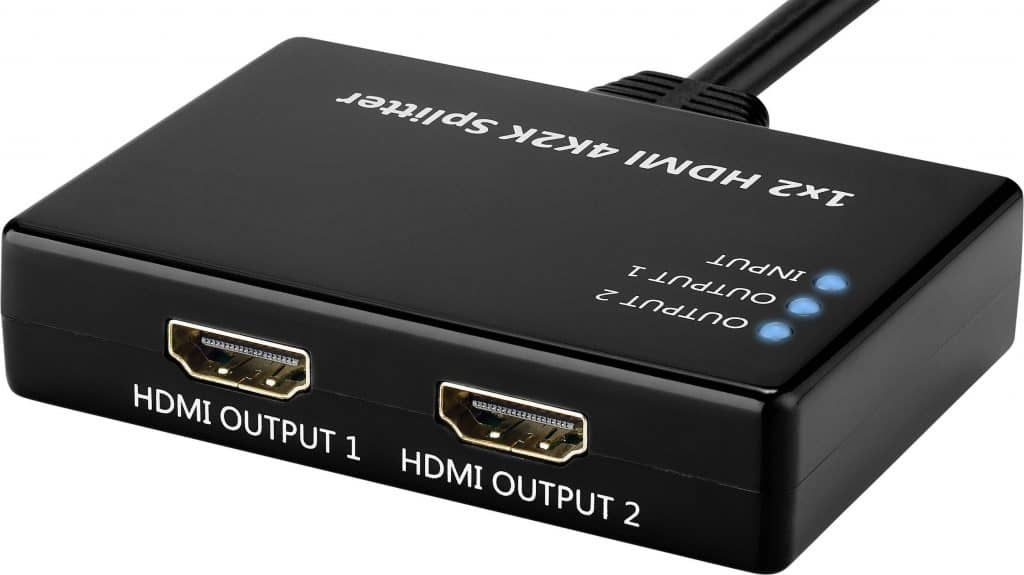If you are someone who relies on their laptop for getting the work done, doing graphic design, video editing, or something else that requires a double monitor setup but don’t know how to do it, we can help you out. Having that extra monitor will improve your productivity and multitasking while eliminating the need to alt-tab every few minutes.
However, this can be a bit complicated with laptops that don’t have enough ports or are an older model, so will show you a work-around for those issues and how to set up a multiple-monitor workstation.
Thunderbolt or a Type-C Port
USB Type C, utilizing the latest in USB technology that also features a reversible connector 50% smaller than what it replaces, is the newest way to output video to your desktop.
In addition to faster data speeds and power transmission technologies such as HDMI and Display Port, one can connect all of their peripherals with no need for USB hubs or cumbersome adapters. Once devices become more ubiquitous, this will mean laptops will be much slimmer eliminating excess ports altogether making the overall computing experience more streamlined.
So if you have a Laptop with Thunderbolt 3 and a Thunderbolt-capable monitor, this is by far the best solution. You can simply connect each monitor to a Thunderbolt/USB-C port. However, it is rarely that simple. Unless you have a very new laptop and very new monitors, you probably need a little more to make this work:
- If you have a laptop with multiple Thunderbolt/USB-C ports but older monitors that don’t have Thunderbolt input, you’ll need some sort of adapter for each monitor, like this USB-C to HDMI or this USB-C to DVI adapter. Remember that you will need an adapter for each monitor you are connecting.
- If your laptop only has one Thunderbolt/USB-C port, you’ll need a docking station to connect two monitors to one port. Just make sure your laptop supports two displays from one port and don’t buy one for a laptop that doesn’t.
Thunderbolt, which provides transfer speeds of up to 10 gigabits per second (which is at least four times as fast as USB 3.0 standards). If you happen to own a new Macbook Pro, then you could use this feature to connect up to two 5k displays at the same time. The peripheral tech for Thunderbolt is designed in such a way that it can easily be put into service for multi-monitor setup for standard monitors.
HDMI, Display Port, VGA or a DVI Adapter
So, you don’t have the money for a multiport docking station? Not to worry! If you’ve bought a computer recently, there’s a good chance it has a USB 2.0 port on it. This is an older technology, but we all still use it because we need to be able to hook our computers up to stuff like external hard drives or printers – and if your monitor happens to have one of these old ports as well then there is a fairly cheap option called a USB-to-DVI cable that can connect the two together.
If those multiport docking stations are too much money for you, there is a cheaper option. While previous versions of the Universal Serial Bus standard were not designed to handle video output, version 2.0 companies have made practical adapters that can turn any USB port into a monitor output port, such as this USB to HDMI adapter cable. Issues. The vast majority of these adapters use Intel’s DisplayLink technology.
For quick, multi-monitor setups it’s best to combine your laptop’s screen with one connected via HDMI/DisplayPort/DVI.
Get an HDMI Splitter
If you have an even slightly older computer, chances are it may not have Thunderbolt/USB-C capabilities. However, it will most likely support your standard VGA, DVI, HDMI, or Display Port output. Taking advantage of this facet of the technology can help increase productivity by allowing you to easily add an external monitor without having to upgrade your computer to the latest and greatest MacBook Pro with a ginormous price tag.
Most laptops have a single video output, with a few manufacturers such as Lenovo and Apple making an option available to use multiple ports. While rarely used, it is sometimes possible for your laptop monitor and another external screen at the same time as well, though again this depends on your video output options if you’re looking to do this with your current computer.
If you are seeking a versatile solution for additional screen real estate, there is an inexpensive solution available in the form of splitter boxes that efficiently route video signal through a USB3.0 connection to provide two 1920×1080-pixel images or three 1280×720-pixel images on separate monitors. However, they are constrained by the graphics capability of your computer so if your laptop has built-in graphics, don’t expect to run more than one high-definition monitor smoothly because at some point it will no longer be able to provide enough processing power.
Conclusion
If you are working remotely, from home, full-time, you will wish for an extra monitor or just a bigger screen as your second screen so that you can keep different apps accessible throughout the day when working and having at least a two-monitor setup, is essential for optimal productivity for an coder, motion designer, video editor or 3D generalist.




